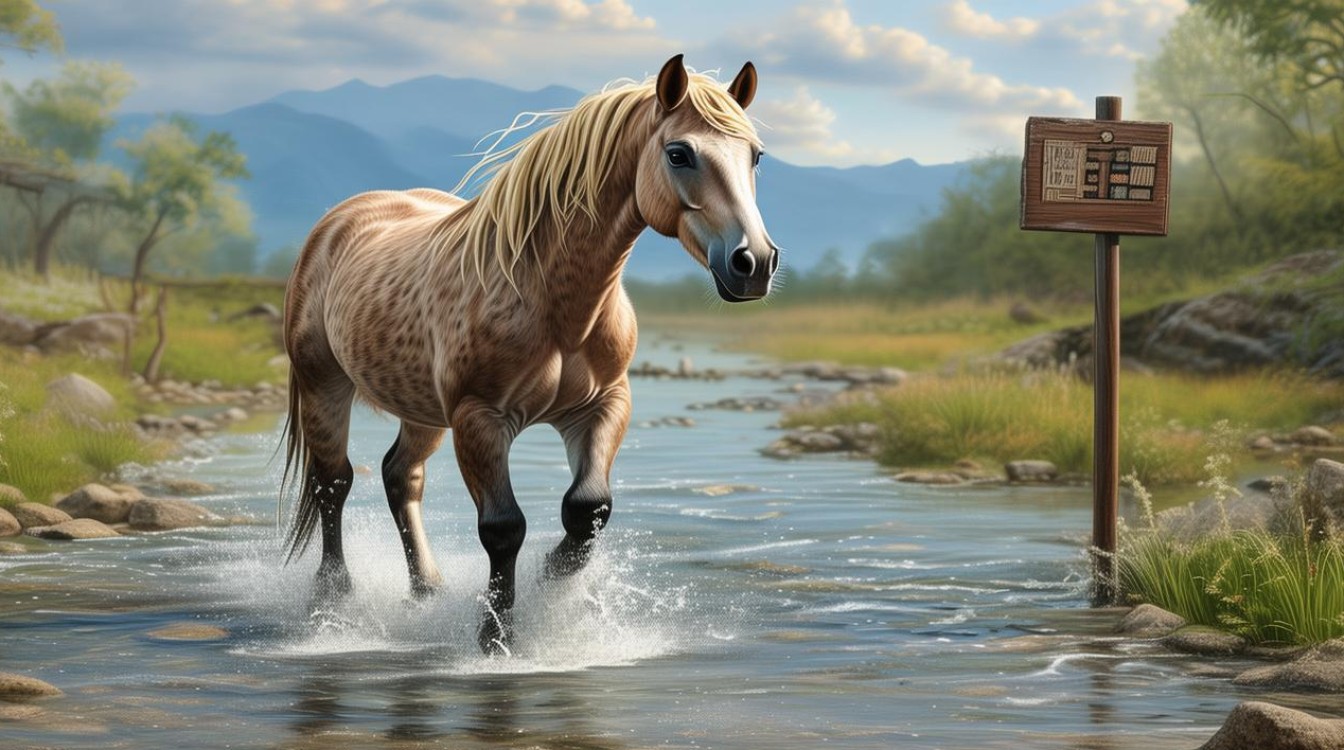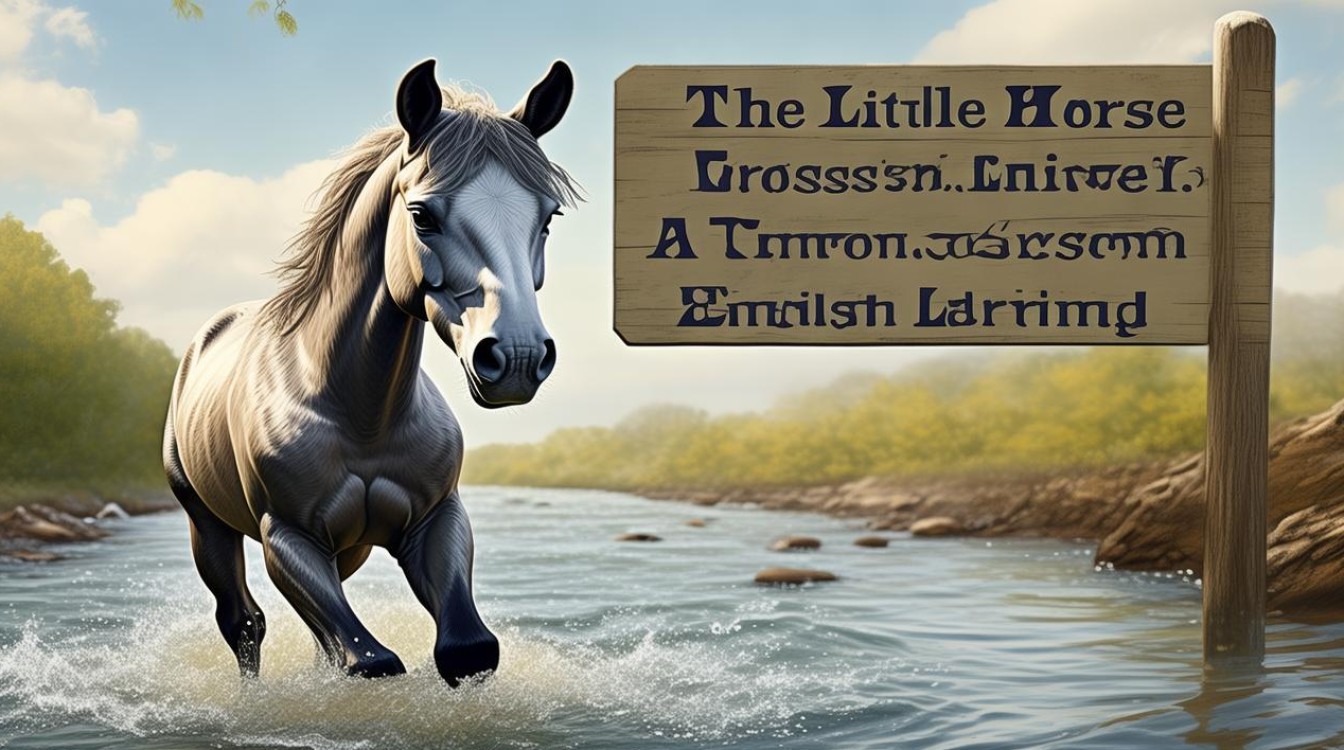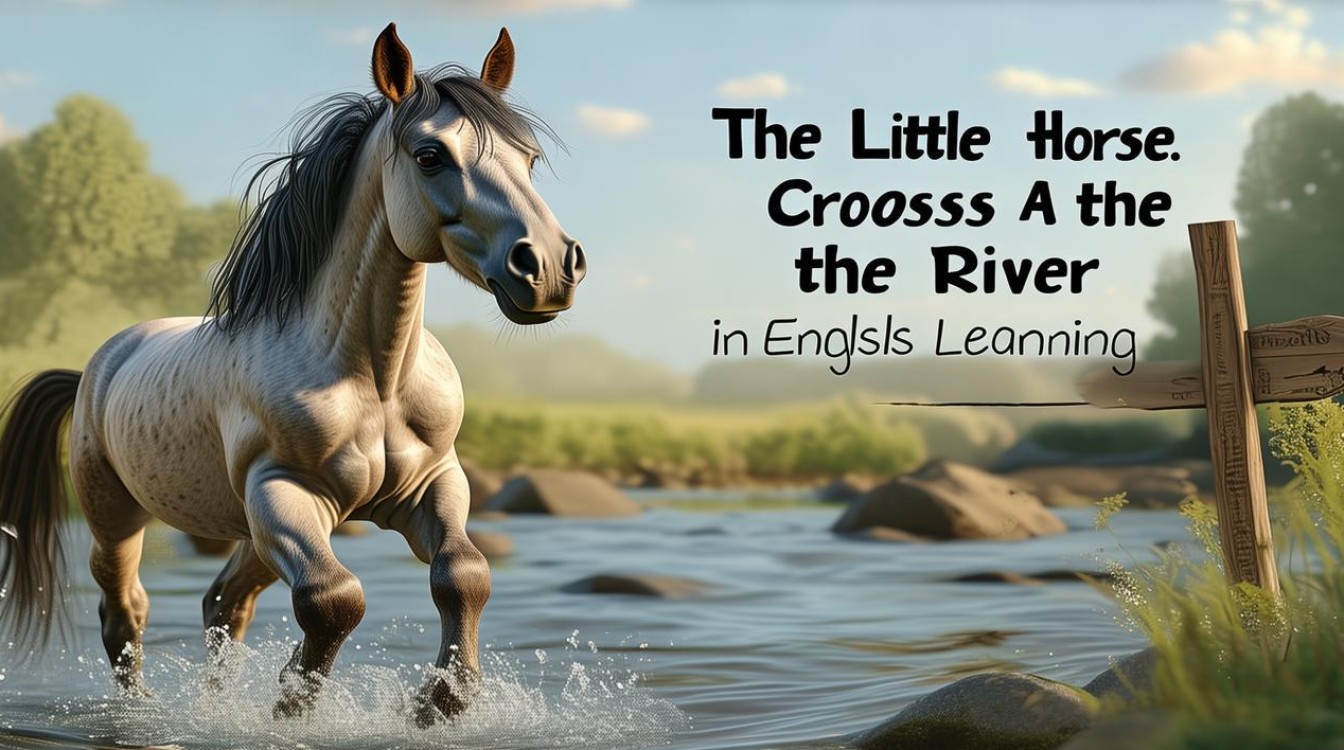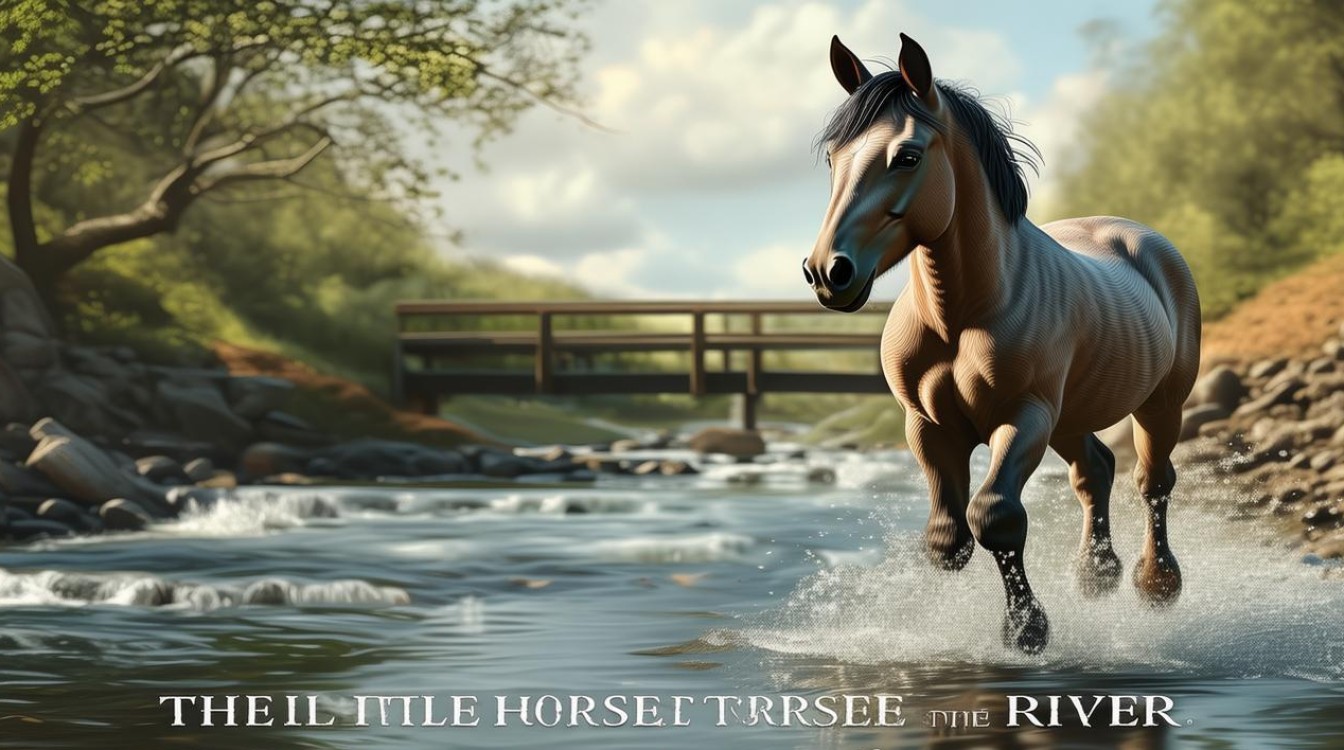The fable of "The Little Horse Crosses the River" is a classic Chinese story with profound wisdom. For English learners, it offers more than just moral guidance—it mirrors the journey of language acquisition. The tale’s simplicity hides valuable insights into overcoming fear, seeking knowledge, and trusting one’s abilities. Let’s explore how this story connects to English learning and why its lessons remain relevant today.

The Story Revisited
A young horse is tasked with carrying a sack of wheat across a river. Hesitant, it asks a cow and a squirrel for advice. The cow assures the water is shallow, while the squirrel warns it’s dangerously deep. Confused, the horse returns to its mother, who advises: "Try it yourself." The horse discovers the river is neither too shallow nor too deep—just right for its own height.
Fear and the First Step
Many English learners face a similar dilemma. Some hear English is "easy" (like the cow’s advice), while others claim it’s "impossible" (like the squirrel’s warning). The truth? Difficulty is subjective. What matters is taking the first step. Fear of mistakes often paralyzes progress, but like the little horse, action dispels uncertainty. Start with small tasks: reading a short article, writing a diary entry, or practicing pronunciation. The river is only as daunting as you imagine.

The Danger of Over-Reliance on Others
The horse’s mistake wasn’t asking for advice—it was relying solely on others’ experiences. In language learning, blindly following study methods or opinions can backfire. A technique that works for one person might overwhelm another. Instead, adapt strategies to your needs. For example, cramming vocabulary may suit some, while others thrive through conversation. Experiment to find your rhythm.
The Role of Guidance
The mother horse doesn’t dismiss outside input but emphasizes self-discovery. Similarly, teachers and resources are vital, but they can’t replace personal effort. Use tools like grammar books or apps as guides, not crutches. Ask questions, but also practice independently. For instance, after learning a grammar rule, write sentences using it. The balance between guidance and autonomy is key.

Practical Applications for English Learners
- Listening: Start with slower audio (e.g., podcasts for learners) before tackling native-speed content. The "depth" of the river adjusts as your skills grow.
- Speaking: Join language exchanges. Early conversations might feel awkward, but persistence builds confidence.
- Reading: Begin with graded readers, then progress to novels or news. Like the horse testing the water, gradually challenge yourself.
- Writing: Keep a journal. Initial entries may be short, but consistency improves fluency.
Cultural Parallels in Language Learning
The story also highlights cultural attitudes. In Western education, self-reliance is often encouraged, while Eastern systems may prioritize mentorship. Blending both approaches works best: seek expert advice (E-A-T principle: Expertise, Authoritativeness, Trustworthiness) but take ownership of your progress. For example, a qualified teacher can correct errors, but only regular practice ingrains skills.
Myths Debunked
- "You need a perfect accent." Clarity matters, but perfection isn’t mandatory. Even native speakers have dialects.
- "Children learn faster." Adults excel in structured learning. Motivation and method trump age.
- "More grammar = better English." Communication thrives on practice, not just theory.
The Takeaway
The little horse’s journey reminds us that wisdom lies in balancing advice with action. English learning isn’t about finding a universal "right" path—it’s about wading into the river at your own pace. Doubts will arise, but each step forward demystifies the process. Whether you’re a beginner or advanced learner, the water’s depth is yours to discover.

Language, like the river, is a dynamic force. Respect its challenges, but don’t let fear keep you on the shore. Take the plunge, adjust as needed, and trust that persistence will carry you across. After all, every fluent speaker was once a hesitant learner standing at the water’s edge.



